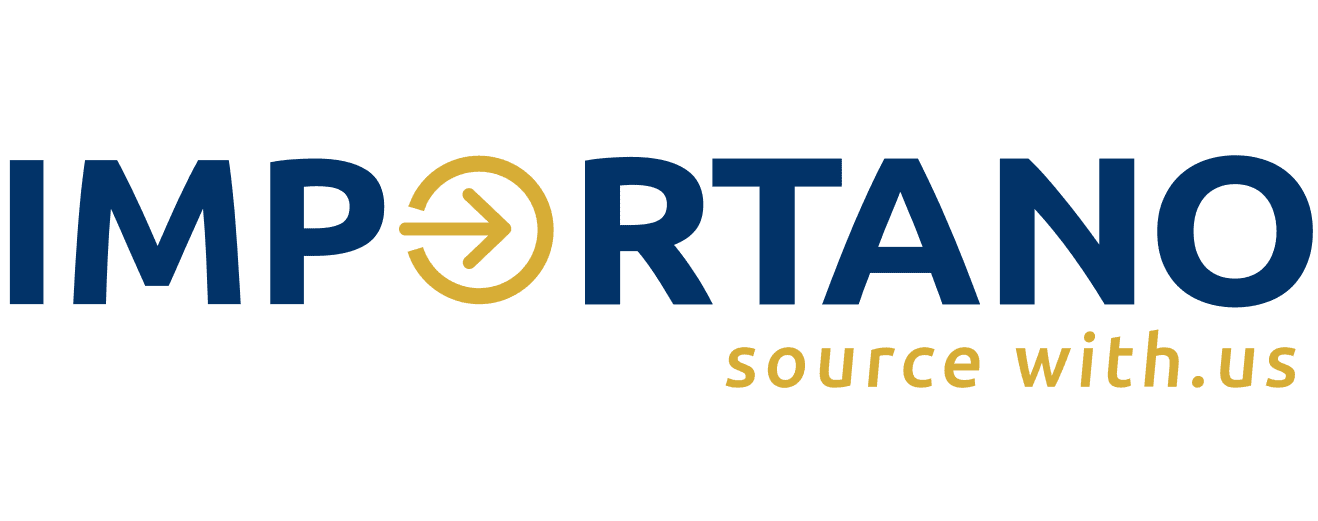
20 Sep UNDERSTANDING HIDDEN COSTS WHEN IMPORTING FROM CHINA
Importing goods from China can be a cost-effective way to source products for your business. However, many new importers focus solely on the product price and overlook the additional expenses that can significantly impact their overall costs. These hidden costs can quickly add up, eating into your profit margins and causing unexpected financial strain. In this blog, we’ll break down the most common hidden costs when importing from China and provide tips on how to anticipate and manage them effectively.
Table of Contents
- Shipping and Freight Costs
- Customs Duties and Taxes
- Insurance
- Customs Clearance and Documentation Fees
- Warehousing and Storage
- Currency Exchange and Bank Fees
- Quality Control and Inspection Costs
- Returns and Defective Goods
- Final Thoughts
Shipping and Freight Costs
Shipping is one of the most significant expenses when importing, but it’s often underestimated. The cost of transporting goods from China to your destination depends on factors like shipping method, distance, and cargo volume.
Types of Shipping Costs:
- Ocean Freight: Generally cheaper but slower than air freight. Costs vary based on container size (e.g., FCL vs. LCL) and fuel surcharges.
- Air Freight: Faster but more expensive, ideal for high-value or time-sensitive goods.
- Inland Transportation: Costs for moving goods from the factory to the port or airport in China.
How to Manage:
- Compare quotes from multiple freight forwarders.
- Choose the most cost-effective shipping method based on your timeline and budget.
- Factor in fuel surcharges and seasonal price fluctuations.
Customs Duties and Taxes
Customs duties and taxes are imposed by your country’s government on imported goods. These costs vary depending on the product type, value, and country of origin.
Common Charges:
- Import Duties: A percentage of the product’s declared value.
- Value-Added Tax (VAT): Applied in many countries on the total value of the goods, including shipping and duties.
- Excise Taxes: Applicable to specific goods like alcohol, tobacco, or luxury items.
How to Manage:
- Research your country’s tariff rates and tax regulations.
- Use the correct Harmonized System (HS) code to classify your goods.
- Work with a customs broker to ensure compliance and avoid penalties.
Insurance
While not always mandatory, insurance is highly recommended to protect your goods against loss, damage, or theft during transit. The cost of insurance is typically a small percentage of the total shipment value.
How to Manage:
- Compare insurance policies from different providers.
- Ensure coverage includes all stages of transit (e.g., inland, ocean, or air).
- Factor insurance costs into your overall budget.
Customs Clearance and Documentation Fees
Clearing goods through customs involves paperwork, inspections, and processing fees. These costs can vary depending on the complexity of the shipment and the services required.
Common Fees:
- Customs Broker Fees: Charges for handling paperwork and ensuring compliance.
- Inspection Fees: Costs for customs inspections or quarantine checks.
- Documentation Fees: Charges for bills of lading, certificates of origin, and other required documents.
How to Manage:
- Hire a licensed customs broker to streamline the process.
- Ensure all documentation is accurate and complete to avoid delays or additional fees.
- Budget for potential inspection costs.
Warehousing and Storage
If your goods arrive before you’re ready to receive them, you may incur warehousing and storage fees at the port or a third-party facility. These costs can escalate quickly, especially if there are delays in customs clearance.
How to Manage:
- Plan your shipment schedule to align with your storage capacity.
- Negotiate storage rates in advance with your logistics provider.
- Monitor your shipment’s progress to avoid unnecessary delays.
Currency Exchange and Bank Fees
When paying suppliers in China, currency exchange rates and bank fees can impact your total costs. Fluctuations in exchange rates can either work in your favor or increase your expenses.
How to Manage:
- Monitor exchange rates and lock in favorable rates when possible.
- Use secure payment methods like letters of credit or escrow services.
- Compare bank fees and choose the most cost-effective option.
Quality Control and Inspection Costs
Ensuring product quality is essential, but it comes with additional costs. Inspections, testing, and certifications can add to your expenses, especially if issues are found and need to be resolved.
How to Manage:
- Hire a third-party inspection company to check goods before shipment.
- Set clear quality standards with your supplier to minimize defects.
- Budget for potential rework or replacement costs.
Returns and Defective Goods
If you receive defective or non-compliant goods, returning or replacing them can be costly. Shipping defective items back to China, disposing of them, or reworking them locally can significantly impact your budget.
How to Manage:
- Include quality control clauses in your supplier agreement.
- Negotiate return policies and defect resolution processes with your supplier.
- Set aside a contingency fund for unexpected issues.
Final Thoughts
Importing from China offers tremendous opportunities, but it’s essential to account for all potential costs to avoid unpleasant surprises. By understanding and planning for these hidden expenses, you can create a more accurate budget, protect your profit margins, and ensure a smoother importing process.
Remember, knowledge is power. Take the time to research, ask questions, and work with experienced professionals to navigate the complexities of international trade. Happy importing!

No Comments